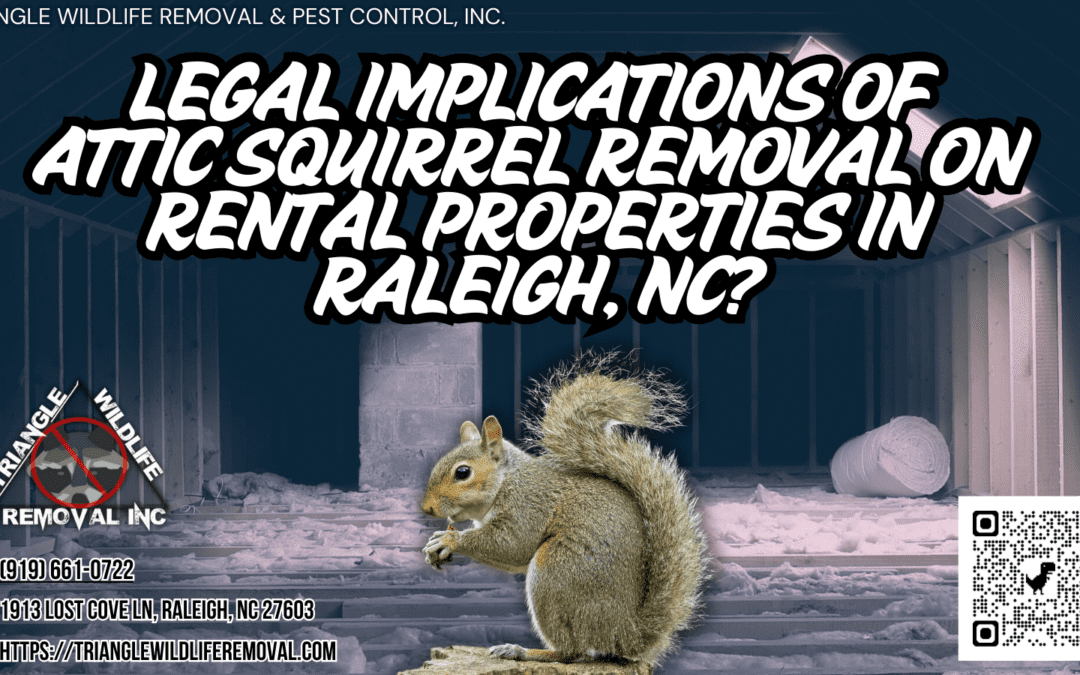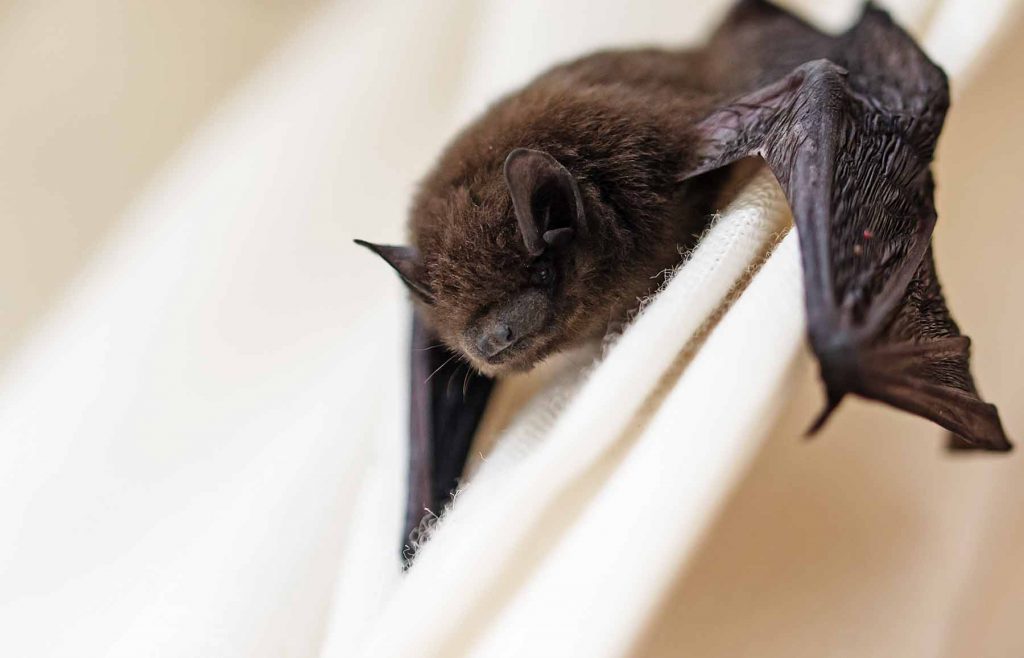When it comes to dealing with squirrels in rental property attics, the legal landscape can be intricate. From determining property damage liability to navigating the complexities of landlord-tenant responsibilities and ensuring compliance with legal pest control methods, there are various factors to consider. Tenant health and safety also play a crucial role in this scenario, raising questions about the appropriate course of action. Additionally, understanding insurance coverage considerations adds another layer of complexity to the situation. As the interplay between these elements unfolds, it becomes evident that a comprehensive understanding of the legal implications is essential for all parties involved in such a situation.
Key Takeaways
- Landlords must promptly address squirrel issues to prevent liability for property damage.
- Tenants should report squirrel infestations promptly to avoid contributing to damage.
- Compliance with legal pest control methods and mold prevention is crucial for tenant safety.
- Understanding insurance coverage for squirrel damage aids in efficient resolution and risk management.
Property Damage Liability
Property damage liability in the context of attic squirrel removal typically involves determining responsibility for any structural harm caused by the presence of these animals. Landlords face liability risks if the property damage is a result of negligence or failure to address known issues promptly. On the other hand, tenants may be held responsible if their actions or lack of reporting contribute to the squirrel infestation and subsequent damage. To mitigate damage, both landlords and tenants should promptly address any signs of squirrel activity in the attic. Landlords can take proactive measures by ensuring the property is properly sealed and conducting regular inspections to identify and address potential entry points. Tenants should report any sightings or sounds of squirrels immediately to prevent the situation from escalating. By taking these preventive steps and addressing issues promptly, both parties can reduce the risk of extensive property damage and associated liability concerns.
Tenant Health and Safety
Ensuring tenant health and safety is paramount when addressing attic squirrel removal in rental properties. When squirrels infest attics, they can leave behind droppings and urine, which can lead to mold growth if not promptly addressed. Mold prevention is crucial to maintaining good air quality within the rental property. Mold spores released into the air can cause respiratory issues and exacerbate allergies, posing a threat to the health of the tenants.
To safeguard tenant health and safety during attic squirrel removal, it is essential to conduct a thorough inspection for any signs of mold contamination. If mold is present, it must be professionally removed to prevent its spread and ensure clean air quality for the occupants. Proper ventilation and sanitization procedures should be implemented post-removal to mitigate any lingering mold spores and maintain a healthy living environment.
Legal Pest Control Methods
When addressing attic squirrel infestations in rental properties, it is crucial to adhere to legal pest control methods to ensure compliance with regulations and protect the well-being of tenants. Using humane techniques is essential to address the issue without causing unnecessary harm to the animals. These methods not only uphold ethical standards but also help minimize the environmental impact of pest control activities.
In addition to humane practices, considering the environmental impact of pest control measures is vital. Opting for eco-friendly solutions can safeguard the ecosystem surrounding the property. It is also important to prioritize cost-effectiveness and long-term prevention strategies when dealing with attic squirrel removal. Implementing preventive measures can help deter future infestations, saving both time and money in the long run.
Landlord-Tenant Responsibilities
Both landlords and tenants have specific responsibilities regarding attic squirrel removal in rental properties. These responsibilities are typically outlined in lease agreements signed by both parties. Landlords are generally responsible for ensuring that the rental property is habitable and free from pests, including squirrels in the attic. If squirrel infestations occur, landlords are usually required to address the issue promptly by hiring professional pest control services to remove the squirrels safely.
On the other hand, tenants are responsible for notifying the landlord promptly if they notice any signs of a squirrel infestation in the attic. Failure to report such issues could lead to further damage to the property and potential health hazards. Tenants should also allow pest control professionals access to the property to address the squirrel infestation effectively.
If either party fails to uphold their responsibilities regarding attic squirrel removal, it could potentially lead to disputes and, in severe cases, the eviction process as outlined in the lease agreement. It is essential for both landlords and tenants to communicate effectively and fulfill their obligations to maintain a safe and habitable rental property.
Insurance Coverage Considerations
Regarding insurance coverage considerations for attic squirrel removal in rental properties, it is essential to understand the potential implications for both landlords and tenants. When dealing with this situation, there are crucial aspects to consider:
- Coverage Exclusions: Some insurance policies may have exclusions related to wildlife infestations or damage caused by animals. It is important for both landlords and tenants to review their insurance policies carefully to determine if squirrel damage is covered or excluded.
- Claim Process: In the event of squirrel damage in the attic, understanding the insurance claim process is vital. Landlords and tenants should know how to file a claim, what documentation is required, and the steps involved in the claims process to ensure a smooth and efficient resolution.
Being aware of coverage exclusions and understanding the claim process can help landlords and tenants navigate the insurance aspects of attic squirrel removal on rental properties effectively.

